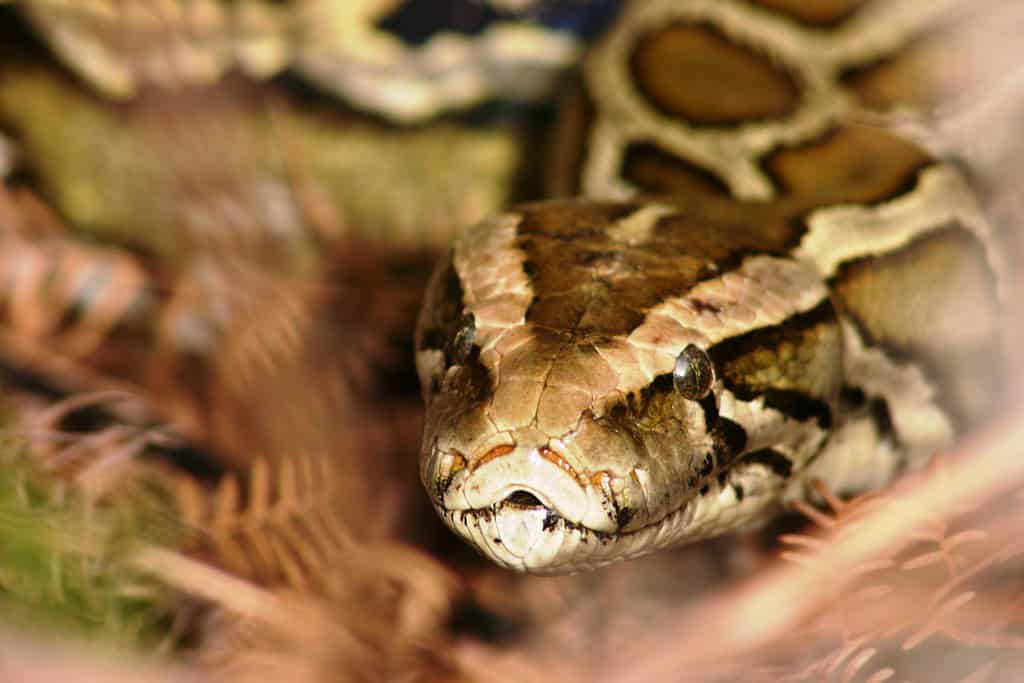A hiker sprints down a forest trail, convinced that a snake is in hot pursuit. A gardener jumps frantically after spotting a serpent that appears to be advancing toward them. These scenarios play out in countless fearful human-snake encounters, reinforcing one of the most persistent beliefs about snake behavior: that these reptiles actively chase and pursue humans with malicious intent. But is there any truth to this deeply entrenched fear? Do snakes actually target and chase humans, or is this belief simply a manifestation of our innate anxieties about these often-misunderstood creatures? This article dives into the fascinating world of snake behavior to separate scientific fact from deeply held human fears.
The Origin of the “Chasing” Myth
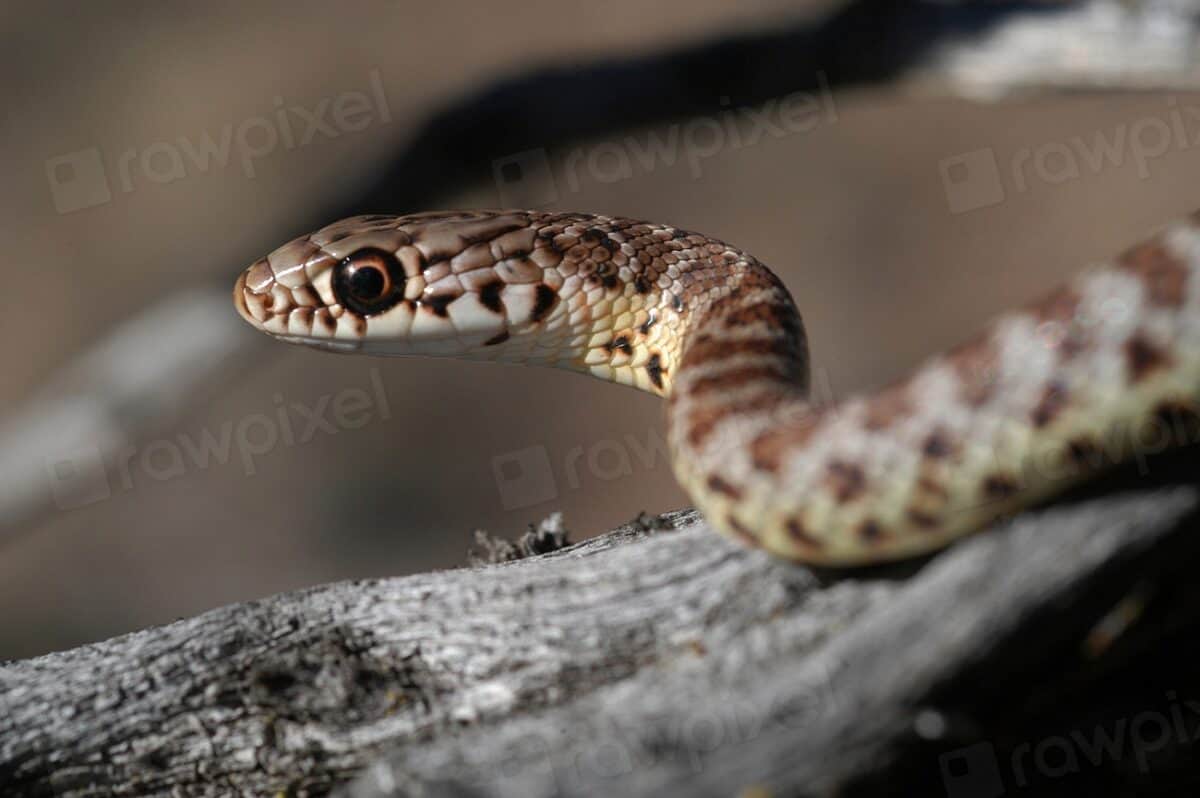
The belief that snakes chase humans has ancient roots in human psychology and cultural narratives. Throughout history, snakes have featured prominently in myths, religions, and folklore as symbols of both good and evil. From the Biblical serpent in the Garden of Eden to the protective cobra deities of ancient Egypt, snakes have occupied a complex place in human consciousness. This cultural baggage, combined with the genuine danger posed by venomous species, has created fertile ground for misconceptions about snake behavior. When humans encounter snakes in the wild, the fight-or-flight response often kicks in, flooding our systems with adrenaline and potentially distorting our perception of the encounter. What might actually be a snake moving in a particular direction for its own reasons can easily be misinterpreted as deliberate pursuit, especially when fear is clouding our judgment.
Understanding Snake Psychology

To address the question of chasing behavior, we must first understand how snakes perceive and interact with their environment. Snakes are primarily motivated by four basic drives: finding food, seeking shelter, regulating body temperature, and reproducing. Their brains lack the complex emotional structures found in mammals, meaning they don’t experience emotions like anger, vengefulness, or malice in the way humans might imagine. Snakes are generally shy, secretive creatures that prefer to avoid confrontation with larger animals, including humans. When faced with a potential threat, a snake’s default response is typically to escape and hide rather than to attack. This fundamental aspect of snake psychology contradicts the notion that they would chase humans out of aggression or spite.
Snake Defensive Behaviors
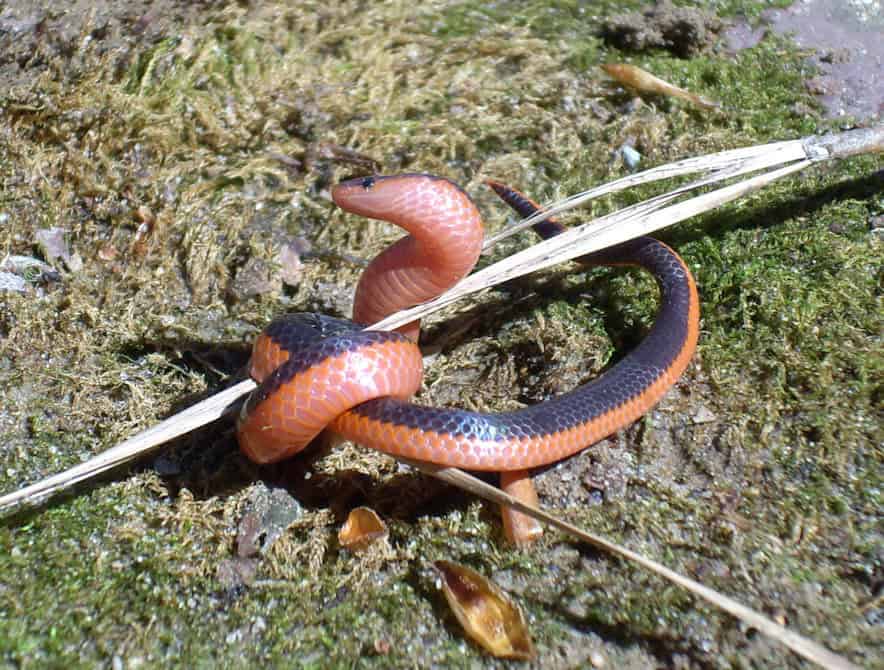
When snakes do engage with humans, it’s almost always in the context of defense, not aggression. Snakes employ a variety of defensive strategies when they feel threatened. Many species will first attempt to flee and, if cornered, may flatten their bodies, hiss, or display warning coloration to deter the perceived threat. Some species, like rattlesnakes, have evolved specialized warning mechanisms. If these deterrents fail, a snake may resort to striking as a last line of defense. What’s crucial to understand is that these behaviors are reactive, not proactive—snakes don’t seek out confrontations with humans or other large animals. Their defensive behaviors are triggered when they perceive a threat to their safety, not out of a desire to attack or chase.
The Science Behind Snake Movement
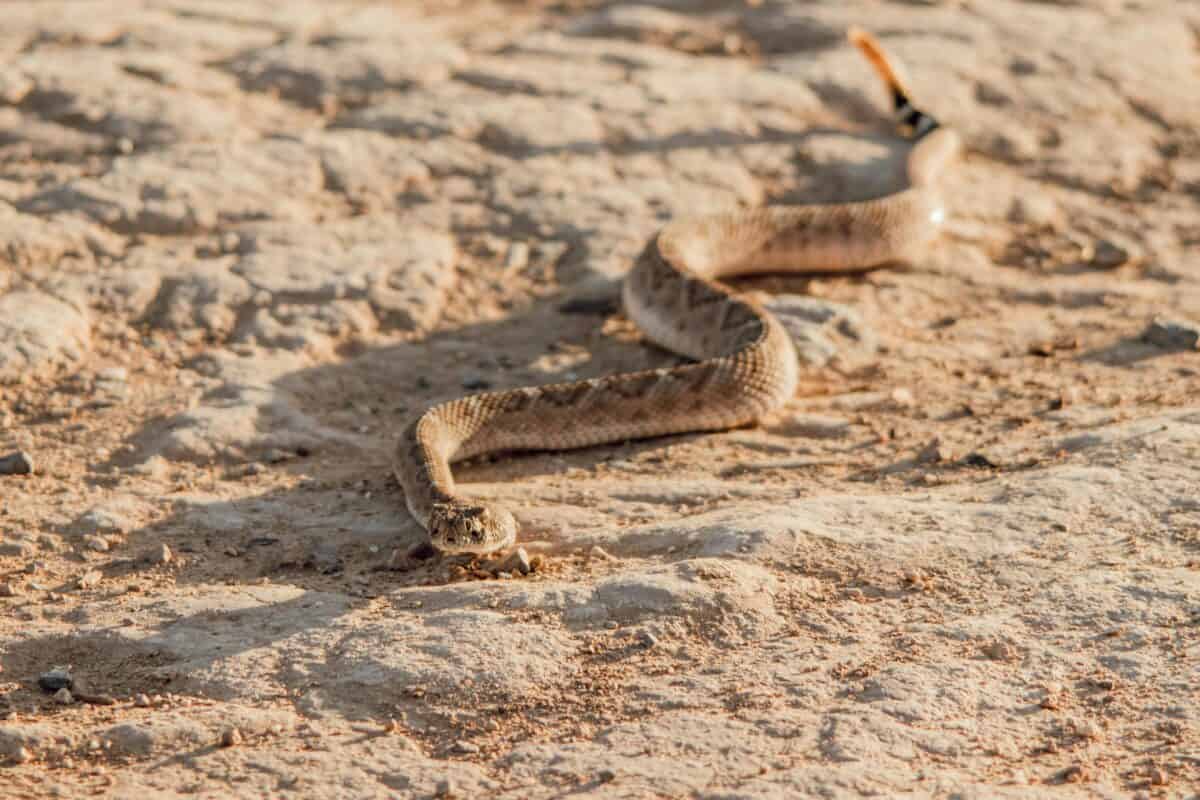
Snake locomotion offers further insights into the chasing myth. Snakes move in several distinct ways, including lateral undulation (the classic S-shaped movement), rectilinear movement (straight-line creeping), sidewinding, and concertina movement (accordion-like progression). Most species can travel between 1-3 miles per hour, with some reaching up to 8 mph in short bursts. Humans, by comparison, can walk at 3-4 mph and run much faster. From a purely physiological perspective, snakes are generally not equipped to chase down and catch a running human. Their movement patterns are optimized for stealth and efficiency in hunting prey or escaping predators, not for sustained pursuit of large mammals. The energy expenditure required for a snake to chase a human would be enormous and offer no evolutionary advantage, making such behavior highly improbable from a biological standpoint.
When Snakes Move Toward Humans

There are legitimate scenarios where a snake might move in the direction of a human, but these aren’t cases of “chasing” in the predatory sense. If a snake’s escape route happens to be in your direction, it may appear to be approaching you when it’s actually trying to flee to safety. Similarly, in areas where humans have inadvertently positioned themselves between a snake and its shelter, the reptile might move toward the human in an effort to reach its refuge. Some water snakes, particularly certain species of cottonmouths, have a reputation for approaching boats or swimmers. Even in these cases, research suggests the snakes are typically swimming toward what they perceive as floating debris (potential shelter) rather than targeting humans. Understanding these nuanced behaviors helps explain encounters that might otherwise be misinterpreted as aggressive pursuit.
Venomous Species: Special Considerations
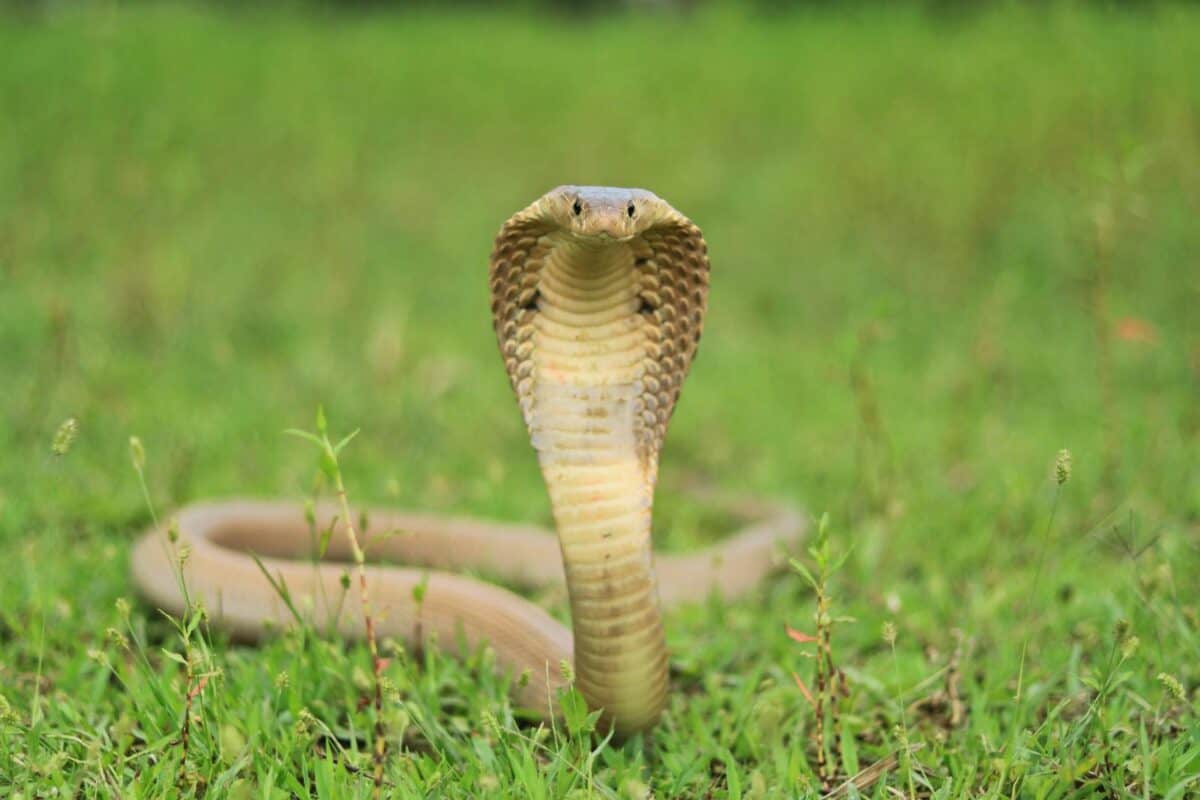
Venomous snakes often bear the brunt of human fear and are frequently accused of aggressive chasing behavior. Species like the black mamba, king cobra, and certain vipers have particularly fearsome reputations. The black mamba, native to parts of Africa, is often described as aggressive and is one of the fastest snakes, capable of speeds up to 12.5 mph in short bursts. However, even these snakes prefer avoidance to confrontation. Herpetologists who study these species in their natural habitats consistently report that unprovoked attacks are extremely rare. Black mambas, despite their reputation, typically flee when encountered and only stand their ground when cornered. King cobras, the world’s largest venomous snakes, similarly prefer to avoid human contact despite their impressive defensive displays. The perception of aggression in these species often stems from their more visible and dramatic defensive behaviors rather than any predisposition to chase humans.
Cultural Factors Influencing Perceptions
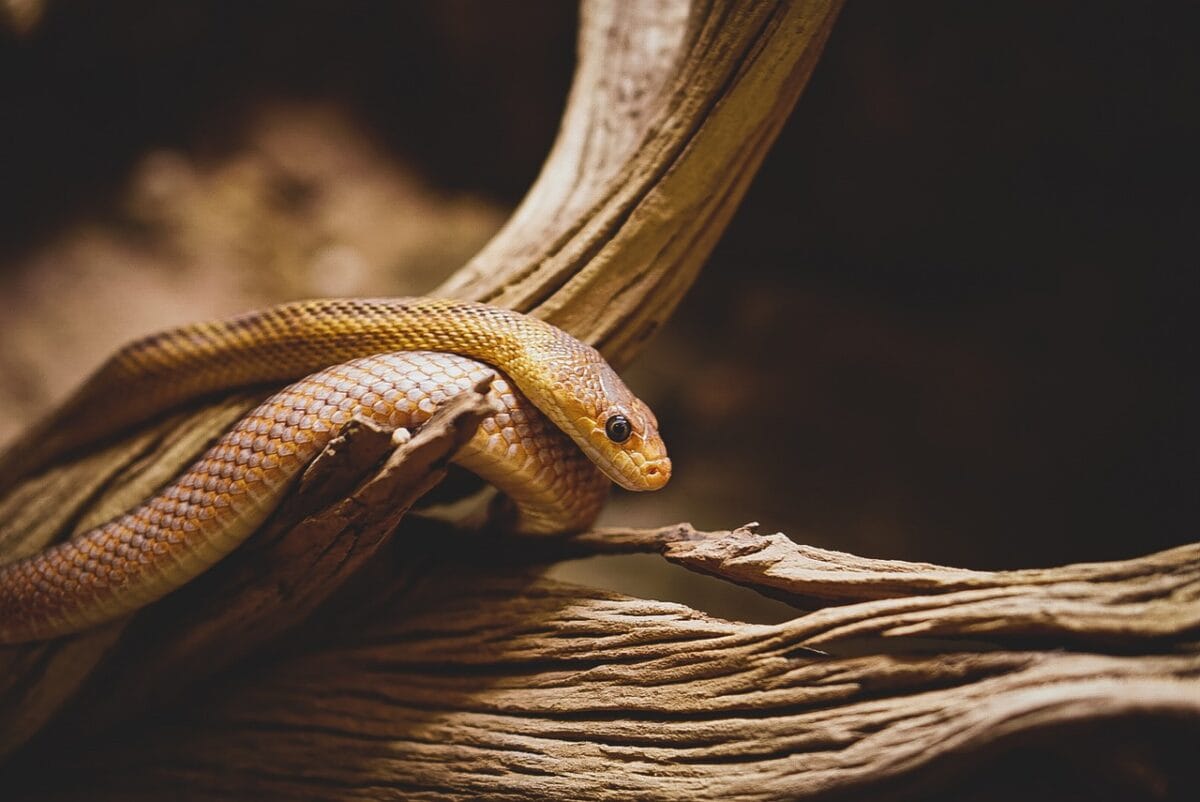
Our perception of snake behavior is heavily influenced by cultural factors. In regions where venomous snakes pose a significant public health risk, such as parts of Asia, Africa, and Latin America, fear of snakes is often deeply ingrained in local cultures. This fear can shape how people interpret snake encounters, potentially leading to exaggerated accounts of aggressive behavior. Media portrayals further complicate the picture, with movies, television shows, and sensationalist news reports often depicting snakes as malevolent predators. These cultural representations rarely reflect scientific understanding of snake behavior but can powerfully influence public perception. Additionally, stories of snake aggression tend to spread more readily than accounts of neutral or avoidant behavior, creating a confirmation bias that reinforces the chasing myth despite contradictory evidence.
Research and Expert Testimonies

The scientific consensus among herpetologists and wildlife biologists strongly contradicts the notion that snakes chase humans. Dr. David Steen, a renowned wildlife ecologist specializing in reptiles, has extensively researched and written about this misconception, noting that “snakes don’t chase people any more than birds chase airplanes.” Field studies consistently show that snakes typically retreat from human presence when given the opportunity. Research on snake movement patterns, defensive behaviors, and predator-prey relationships provides no evidence supporting the idea that snakes pursue humans as potential prey or out of aggression. Most documented cases of apparent chasing behavior, when carefully analyzed, reveal alternative explanations that align with known snake behavior patterns. This scientific perspective is crucial for counterbalancing anecdotal accounts that might suggest otherwise.
Analyzing Common Misinterpretations

Many reported instances of snakes “chasing” humans can be explained by examining the full context of the encounter. Consider a common scenario: a person walking through tall grass accidentally steps near a snake. The startled snake moves rapidly away from the disturbance, potentially in the same direction the person is walking. From the human’s perspective, especially if they turn and run, it appears the snake is giving chase, when in reality both human and snake are moving in parallel paths for entirely different reasons. Another common misinterpretation occurs when a defensive snake continues to strike repeatedly as a person retreats. This behavior, while potentially frightening, is a defensive stand rather than a chase—the snake is maintaining its defensive posture until the perceived threat is at a safe distance. Understanding these scenarios helps explain how the chasing myth persists despite lacking scientific support.
Real Risks and Rational Precautions

While snakes don’t chase humans in the commonly imagined sense, this doesn’t mean encounters with snakes are without risk. Venomous snakebites remain a significant health concern in many parts of the world, with the World Health Organization estimating between 81,000 and 138,000 deaths annually from snakebites globally. The majority of bites occur when snakes are inadvertently stepped on, handled, or cornered. Taking rational precautions in snake country is sensible: wear appropriate footwear, use a walking stick to alert snakes of your presence, stick to clear paths, and remain vigilant in areas known to have venomous species. If you encounter a snake, the best course of action is to remain calm, give the animal space, and allow it to retreat. These evidence-based precautions address the real risks of snake encounters without perpetuating misconceptions about snake behavior.
The Psychological Dimension of Snake Fears

The persistent belief in snake chasing behavior has deep psychological roots. Ophidiophobia, or fear of snakes, is one of the most common specific phobias, affecting approximately 1/3 of adults to some degree. Some evolutionary psychologists suggest this fear may be partially innate—an evolutionary adaptation that helped our ancestors avoid potentially dangerous reptiles. This innate wariness, combined with cultural conditioning and limited personal experience with snakes, creates a perfect storm for misinterpreting snake behavior. When we encounter something we fear, our perception becomes skewed toward seeing threat even where none exists. This psychological phenomenon helps explain why the belief in snake chasing persists despite scientific evidence to the contrary. Understanding these psychological factors can help individuals develop a more rational approach to snake encounters and potentially reduce unnecessary fear.
Conservation Implications of Snake Misconceptions

Misconceptions about snake behavior have serious implications for snake conservation. Unfounded fears often lead to needless killing of snakes, including many harmless and ecologically beneficial species. Snakes play crucial roles in ecosystems as both predators and prey, helping to control rodent populations and serving as food for numerous other animals. The indiscriminate killing of snakes disrupts these ecological relationships and can have cascading effects on local environments. Additionally, negative attitudes toward snakes can hinder conservation efforts and public support for protecting threatened snake species. By addressing misconceptions like the chasing myth with scientific evidence, conservationists hope to foster more positive attitudes toward these important reptiles. Education about true snake behavior is thus not merely about correcting factual errors but also about promoting coexistence between humans and these often misunderstood creatures.
Conclusion: The Reality Behind the Myth

After examining the evidence, we can confidently state that snakes do not chase humans in the predatory or aggressive manner often depicted in popular culture and fearful anecdotes. What may appear as pursuit is almost always a case of misinterpreted behavior, coincidental movement patterns, or defensive responses rather than aggressive intent. Snakes are primarily defensive creatures that prefer to avoid confrontation with humans and other large animals whenever possible. Understanding the true nature of snake behavior not only helps dispel unfounded fears but also promotes a more rational approach to snake encounters. By replacing fear with knowledge, we can develop a healthier relationship with these remarkable reptiles that play vital roles in ecosystems worldwide. The next time you hear a story about a snake giving chase, remember that the reality of snake behavior is far more complex—and far less threatening—than the myth suggests.
- Why Polar Bears Cover Their Black Noses While Hunting - August 15, 2025
- How Snakes Became a Central Theme in Chinese Zodiac Legends - August 15, 2025
- Can Animals Predict Earthquakes? The Science Behind the Mystery - August 15, 2025

